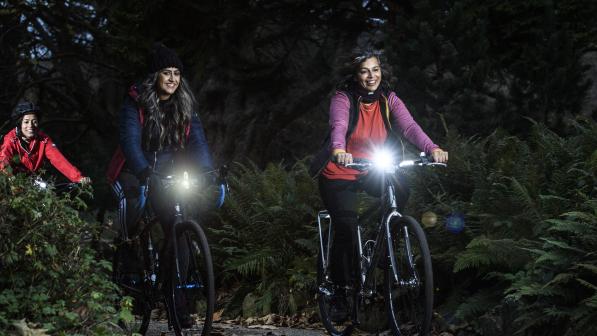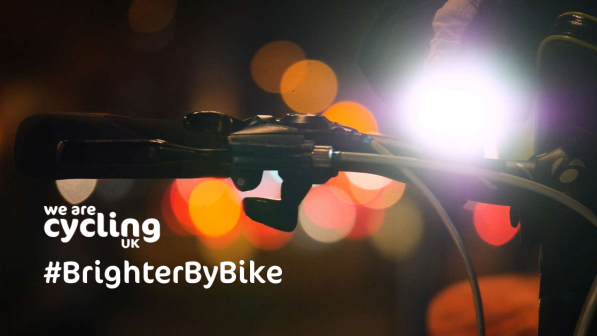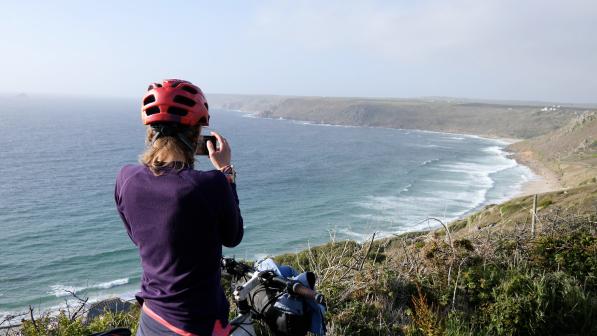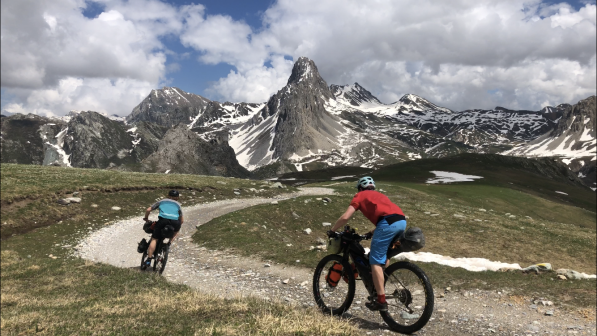How to take good pictures in the dark

1. Find and use any available light
If you can, position your subjects near light sources like streetlights.
Using a bike light, the streetlights or someone’s phone flashlight to light the subject can make a big difference.
Always try to have the light hitting the front or side of the subject’s face, not from behind.

2. Keep the camera steady
In low light, the camera might blur easily with movement, so try to stay still when taking a photo.
If you have one, use a small tripod. Otherwise, you can lean the phone against something sturdy (set it up on top of a wall for instance).
If handheld, use both hands and keep elbows close to your body to reduce shake.
If you want to capture movement, try a consistent panning motion as the subject moves past you, keeping them in the centre of the frame. This should keep the subject in focus while the background is blurred (but can take a few tries to get right). You can also use a longer exposure time to capture lights moving past.

3. Turn on phone’s manual controls (if available)
Some phones allow you to manually set the phone’s settings. I recommend:
- Turning up exposure (brightness)
- Auto Focus on
- A/f 1.4 (or as low as it will go)
- Shutter speed between 40-100
- ISO- 1600-2500
- Shoot in RAW
Lock these settings so they don’t constantly adjust during filming.
Some phones have night mode, or sports mode which you can use to make the shots better lit and less blurry.

4. Avoid zooming and overexposure
Don’t zoom – it reduces quality fast, especially in low light. Just move closer.
Avoid pointing the camera at bright lights (like bulbs or cars) – this will make your subject too dark. Tap the subject’s face on screen to help balance exposure.

5. Use the rear camera
Rear camera usually handles low light better than the selfie camera.
Photograph in landscape (horizontal) – you can always crop it later. If you are thinking about making a video reel for Instagram or TikTok, then film in vertical.
Clean the lens before you start – it makes a surprisingly big difference.



